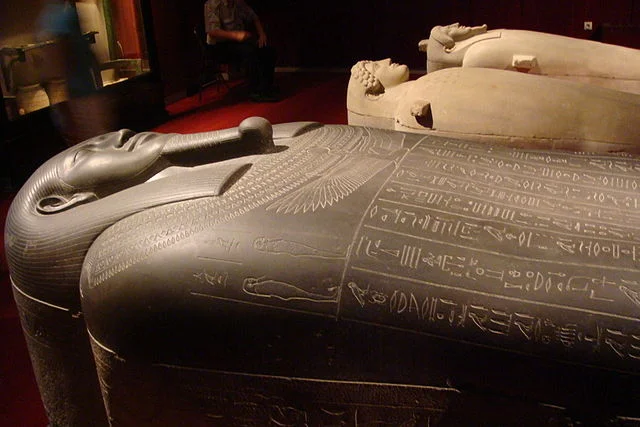The Tabnit Sarcophagus is a remarkable artifact from the Phoenician city-state of Sidon, located in modern-day Lebanon. Dated to around 500 BC, the sarcophagus holds the remains of Tabnit, a prominent Sidonian ruler and high priest. Today, this unique piece is displayed in the Istanbul Archaeology Museum, preserving its inscriptions, intricate carvings, and well-preserved body.
Get your dose of History via Email
Discovery of the Sarcophagus
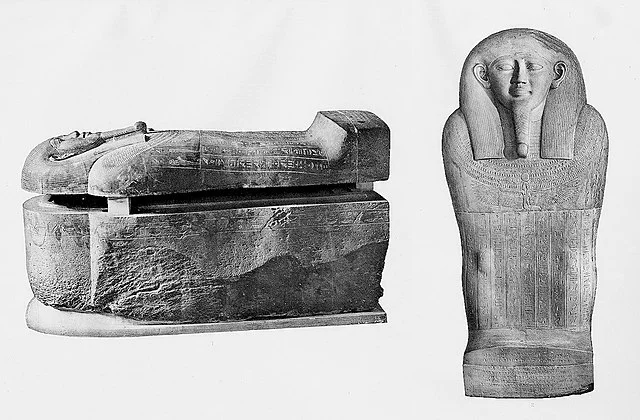
In 1887, Ottoman archaeologists uncovered the Tabnit Sarcophagus during an excavation of Sidon’s royal necropolis. This necropolis had been a burial site for centuries, holding remains of Sidonian rulers and elites. During the same excavation, the more famous Alexander Sarcophagus was also unearthed, yet the Tabnit Sarcophagus stood out for its unusual preservation and inscriptions. The intact condition of Tabnit’s body startled researchers; this was likely due to natural chemical processes in the coffin, rather than deliberate mummification.
Design and Inscriptions

The Tabnit Sarcophagus is made of dark-blue Egyptian basalt, a stone associated with Egyptian royal burials, reflecting the cultural influences between Egypt and Phoenicia at the time. Carved in the Egyptian style, it closely resembles the design of Egyptian sarcophagi, complete with detailed engravings of Tabnit’s face and a depiction of his hands crossed over his chest.
The inscriptions on the Tabnit Sarcophagus are notable for being in two languages: Egyptian hieroglyphics on the body and Phoenician script on the lid. The Phoenician script contains a stern warning: Tabnit curses any person who disturbs his burial, threatening misfortune to violators. This inscription is one of the earliest examples of Phoenician language use in funerary practices, providing valuable insights into Sidonian culture, language, and beliefs about death.
Egyptian Influence on Phoenician Burial Practices
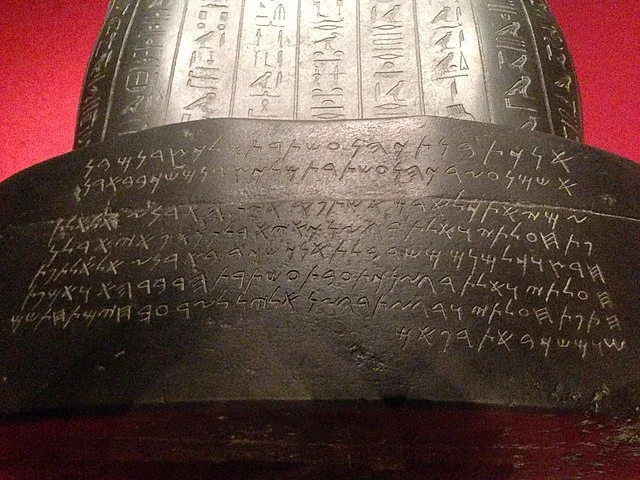
The sarcophagus’s Egyptian style highlights a strong cultural exchange between the Phoenicians and Egyptians. During Tabnit’s time, Phoenicia maintained close economic and political ties with Egypt, and Egyptian art and burial customs significantly influenced Phoenician practices. The use of basalt, the crossed arms, and the hieroglyphic inscriptions all point to an Egyptian-inspired elite status. However, the Phoenician warning curse shows a blend of Egyptian and local practices, as curses are rare in Egyptian burials but were common in Mesopotamian and Phoenician funerary traditions.
Significance of the Tabnit Sarcophagus
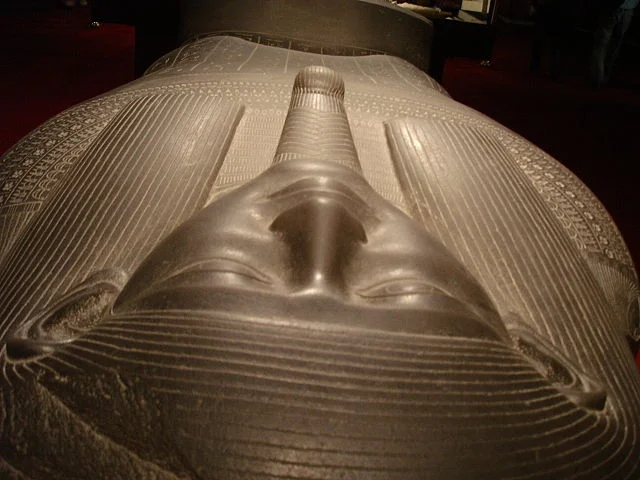
The Tabnit Sarcophagus is important for several reasons. First, it is an outstanding example of Phoenician adaptation of Egyptian funerary practices. Second, it reflects the cultural identity and regional influences in Sidon around 500 BC. Third, the inscriptions contribute significantly to our understanding of the Phoenician language, one of the oldest known alphabetic scripts and a precursor to several modern alphabets.
Preservation and Display
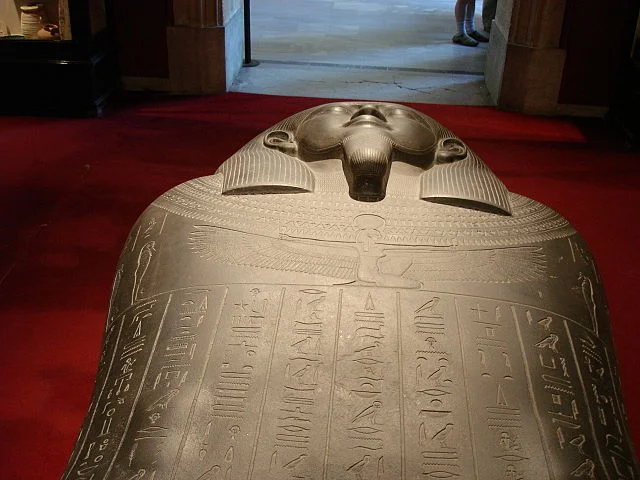
Today, the Tabnit Sarcophagus remains in the Istanbul Archaeology Museum. Its preservation allows historians, archaeologists, and visitors to study the cross-cultural connections of the ancient Near East. The sarcophagus’s intact inscriptions and design give an invaluable glimpse into Sidonian royal culture, its practices, and the Phoenicians’ unique identity as traders and cultural mediators in the ancient Mediterranean world.
The Tabnit Sarcophagus remains an artifact of historical and cultural significance, embodying the legacy of ancient Sidon and its ties to neighboring civilizations.
Source:

